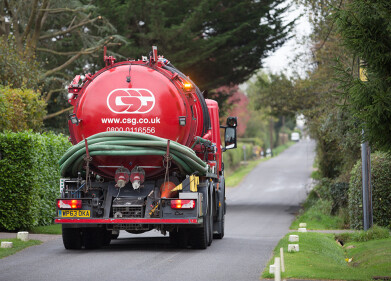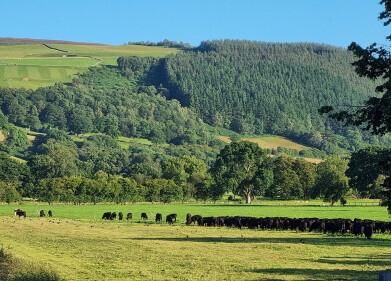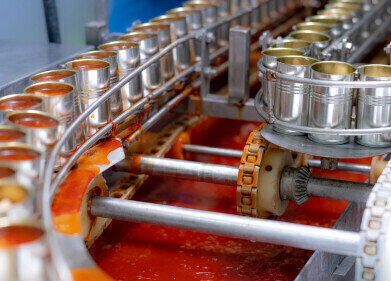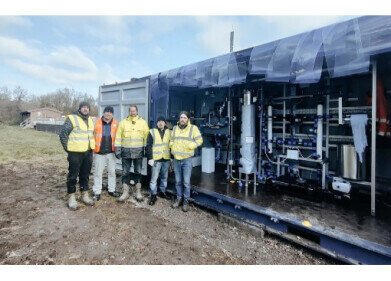Wastewater treatment
Three Papers Detailing Wastewater Management Presented at Singapore International Water Week
May 27 2014
Singapore International Water Week will take place June 1-5, 2014, in Singapore, and GE (USA) will have experts from its water and process technologies business on-site to present technical papers and posters.
Three papers will be presented as part of the “Treatment Processes and Energy Recovery—Effective and Efficient Wastewater Management” track sessions.
GE’s Jeff Peeters, Glenn Vicevic and Wajahat Syed’s paper “MBR with Enhanced Primary Treatment to Reduce Energy Consumption” will be presented on Tuesday, June 3, 2014, at 11 a.m. in Cassia JR Room 3211, Level 3.
Membrane bioreactor (MBR) technology is considered for small and large plants and their design philosophy has evolved to include primary treatment to reduce energy consumption and shunt organic matter to solids treatment. The preferred primary treatment for MBR is rotating belt sieves (RBS), which have a performance equal or better than primary clarifiers but only occupy one-tenth of the footprint.
An RBS+MBR process provides diversion of organics from biological treatment resulting in smaller biological reactors and lower oxygen requirements when compared to a conventional MBR. The technology also offers options for sludge handling. For situations where sludge management and/or energy cost reduction is a driver, the use of RBS with MBR presents significant benefits over primary clarifiers.
The paper “An Innovative Membrane-Aerated Biofilm Reactor (MABR) for Low Energy Treatment of Municipal Sewage,” written by GE’s Nick Adams, Youngseck Hong, John Ireland and Geert Koops and COTE Membrane Separation Ltd.’s Pierre Côté, will be presented on Tuesday, June 3, 2014, at 2:15 p.m. in Cassia JR Room 3211, Level 3.
An innovative gas transfer membrane has been developed for use in a MABR that is at the core of an energy-neutral flow sheet for municipal wastewater treatment. The new gas transfer membrane is comprised of multiple oxygen diffusion hollow fibers and reinforcing filaments that support the development of a biofilm.
The new MABR product can achieve greater aeration efficiencies, resulting in an aerobic biological treatment process that consumes four times less energy than fine bubble aeration. The pilot results validate the performance targets for the gas transfer membrane and demonstrate the benefits of its application in an MABR process to significantly reduce the energy required for biological treatment.
On Wednesday, June 4, 2014, at 2 p.m., “The Role of Innovative Technologies in Achieving Energy-Neutral Wastewater Treatment,” written by GE’s Jeff Peeters, Glenn Vicevic and Geert Koops and COTE Membrane Separation Ltd.’s Pierre Côté, will be presented in Cassia JR Room 3211, Level 3.
A new flow sheet is proposed to achieve energy-neutral wastewater treatment (even better, electricity neutral) while removing nitrogen using the proven nitrification-denitrification metabolic pathway. It is compatible with solid-liquid separation by conventional clarification or membrane filtration. The new energy-neutral flow sheet is compared to a conventional activated sludge flow sheet including complete wastewater and sludge treatment with anaerobic digestion and combined heat and power energy recovery.
Also during Singapore International Water Week, GE will be presenting two more papers, one on low-fouling reverse osmosis (RO) elements and one highlighting an RO-electrodialysis reversal hybrid system for high water recoveries from MBR filtrate and eight poster presentations.
Events
Feb 16 2025 Kampala, Uganda
Feb 26 2025 Chennai, India
Feb 26 2025 Tulsa, OK, USA
WATERTECH CHINA (GUANGDONG) 2025
Mar 05 2025 Guangdong, China
Mar 11 2025 Amsterdam, Netherlands














